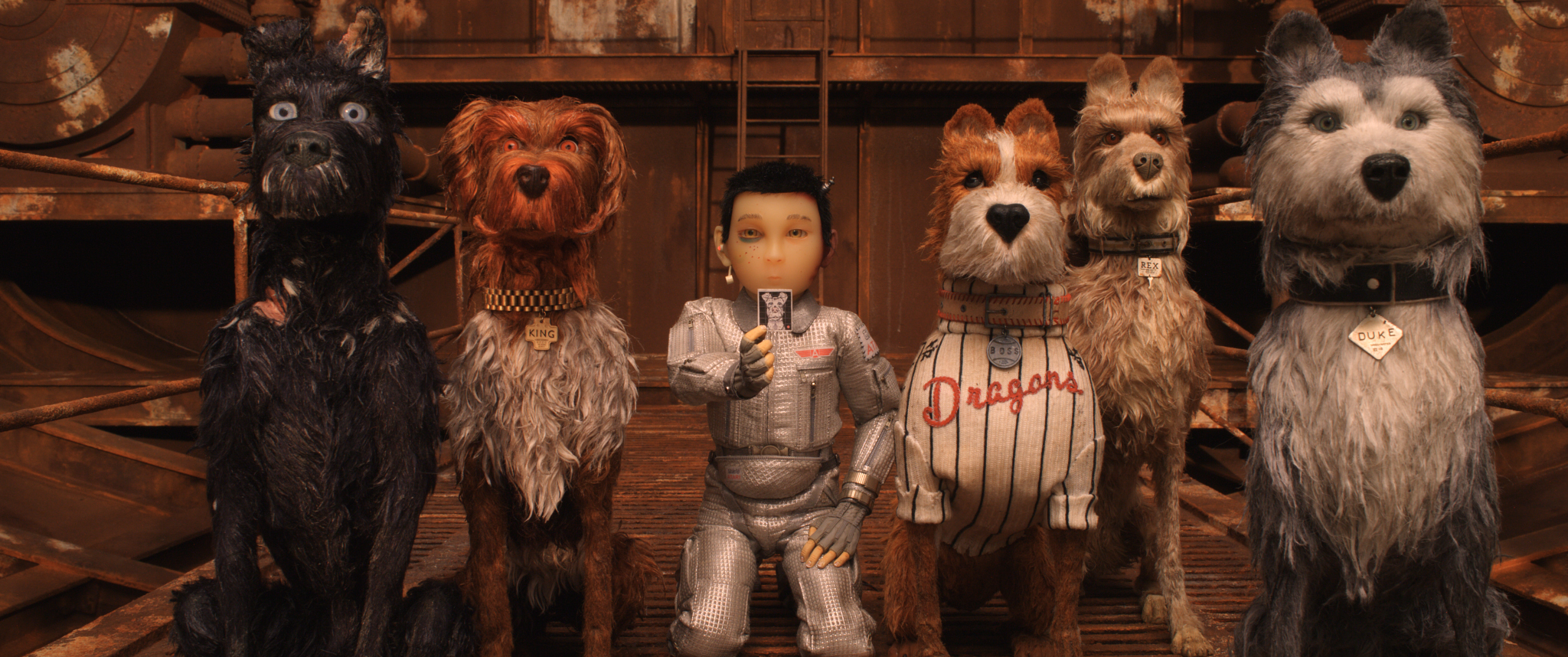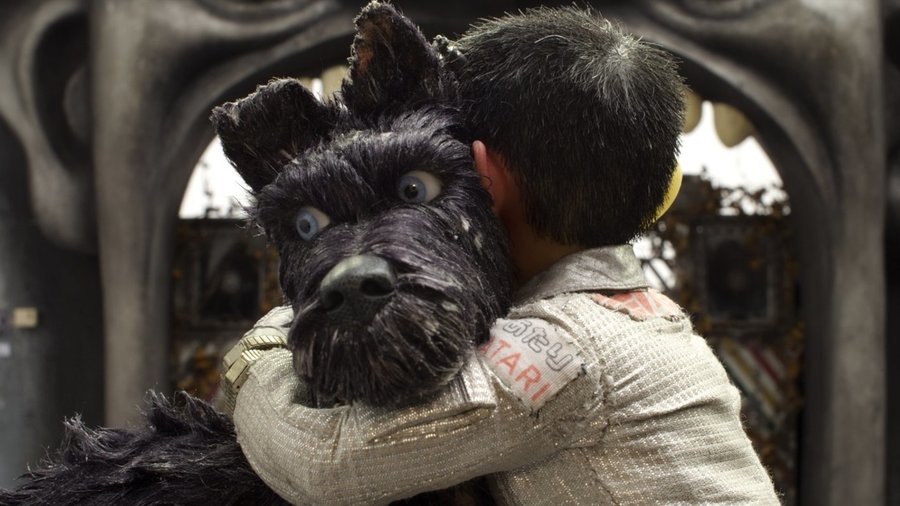 Details, as in most Wes Anderson films, aren’t ignored in “Isle of Dogs” — the Oscar-nominated director’s whimsical second attempt at a feature-length stop motion film. The film features all elements needed for a great production, highlighting attentive consideration of script, casting, animation and references. From the classic “man’s best friend” plot line to breathtaking patagonia architecture, Anderson did not disappoint.
Details, as in most Wes Anderson films, aren’t ignored in “Isle of Dogs” — the Oscar-nominated director’s whimsical second attempt at a feature-length stop motion film. The film features all elements needed for a great production, highlighting attentive consideration of script, casting, animation and references. From the classic “man’s best friend” plot line to breathtaking patagonia architecture, Anderson did not disappoint.
The film is set in the fictional city of Megasaki in near-future Japan, where an outbreak of dog flu has caused Mayor Kobayashi (voiced by Kunichi Nomura) to exile all dogs to Trash Island. After hijacking a plane and crashing onto the island, the nephew of the mayor, Atari Kobayashi (voiced by Koyu Rankin), navigates the island with the help of a pack of “scary, indestructible, alpha dogs,” in order to find his dog, Spots. The pack features the voices of many well-known actors such as Bryan Cranston as the main character, Chief, and Billy Murray as Boss.
In an age where computer-generated imagery (CGI) prevails, one cannot help but appreciate the beautiful handcrafted sets and puppets of the film. The attention to detail and amount of time it took to create this production is evident through its stunning visuals. Everything, from the curvature of a paw as it pads along to the slight browning of the fur near the nose to the deteriorating metal of a dog tag and much more, is beautifully captured.

However, not everyone approves of Anderson’s storytelling — ever since the release of the film, it has been criticized for cultural misappropriation. Film critic Justin Chang from the Los Angeles Times claimed Anderson’s insensitivity concerning the portrayal of Japanese culture made the film “finally ugly in ways beyond what even its maker could have intended.”
I, however, have to disagree. Throughout the film, Anderson pays homage to Japanese culture through the depiction of taiko drummers, landscape murals, sumo wrestlers and Buddhist temples. As someone who is half Japanese, has been immersed in Japanese culture since birth and is fluent in the language, I was pleasantly met with accurate Japanese dialogue and writing.
Anderson seemed to be able to sidestep the risk of incoherent Japanese with the help of Nomura on set double-checking the authenticity of the culture’s portrayal. I especially appreciated that Anderson decided to include an English translator within the film to translate Mayor Kobayashi’s Japanese dialogue rather than dubbing it — there is nothing that ruins a film more than dubbing.
While I appreciate Chang’s advocacy for the accurate portrayal of Asian cultures, I cannot help but think that he has missed the point of Anderson’s skillful creation. Yes, “Atari” is the name of a video game company and “Domo” is a computer software company. But naming characters after these companies does not misappropriate the culture; it only makes it funnier for the Japanese people who can understand its references. From Atari’s poorly recited haikus to the treatment of the foreign exchange student, Anderson included aspects of Japanese culture that I could chuckle at in recognition. The only aspect of the film concerning Japanese culture that was remotely off-putting was Atari’s slight American accent, but even that did not pose an issue. To me, it seems that some critics fail to appreciate how Anderson’s film appeals to both Japanese and American audiences in a way that does not inhibit the American viewer’s understanding of the film.

In addition, although Anderson has been criticized for making the Japanese citizens in the film seem like foreigners in their own country, the depiction of the Japanese citizens and the mayor of Megasaki is no different than portrayals I have seen on Japanese television shows and films. I think that the use of a language barrier effectively helped narrow in on the fact that this is a story from a dog’s perspective, and emphasized the bond between dog and human that no language barrier can penetrate. After all, this is not a story about Japanese people, nor does it take place on the Japanese island for the majority of the time — this is a story about loyalty, perseverance and love.
Not only was the film incredibly heartwarming, but it was also comedic, especially when you can understand the small allusions to Japanese culture that Anderson makes throughout the film. From references to “Seven Samurai” and other Japanese films to Kabuki (classical Japanese theatre), he effectively combined elements of Japanese culture with the rise of technology to set the scene in a futuristic Japan.
Despite the gruff appearance of these dogs, Anderson also has a way of portraying the little quirks in each dog that humanizes them and makes us fall in love with them at first sight. Along with the upbeat Japanese-themed music, he successfully draws in the audience to join in on this adventure to find Spot.
With outstanding visuals and a great attention to detail, “Isle of Dogs” packs in all elements needed to immerse the audience in the atmosphere of Trash Island. Although the plot line is relatively simplistic, Anderson once again proves that there is so much more you can do with a so-called children’s story.









